In Venice, Italy’s over 1400 year history, it has relied on the capabilities of working boats to service its unique location. Established on the aptly named Venetian Lagoon in the year 421 AD, the city features an intricate system of canals that only the narrowest and most maneuverable of watercraft can navigate. And yet, the people there have been able to use their ingenuity to operate Venice as any other modern municipality, by way of boats. Here are all the working boats of Venice.
Public Transportation
Gondola
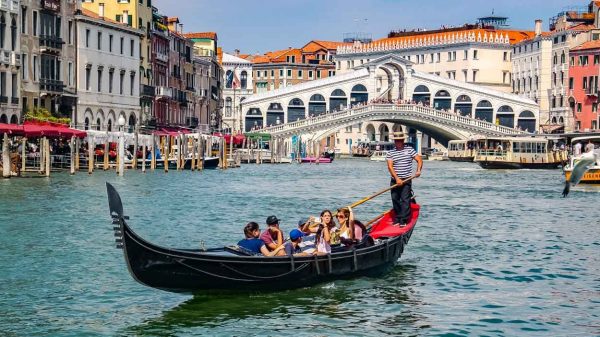
The gondola is Venice’s most iconic form of transportation. Used since the eleventh century, they are flat-bottomed, canoe-like rowing boats, with curved hulls, and are traditionally painted black. They are propelled by a single oarsman, who keeps his oar on one side of the vessel, to counteract the curvature of the boat.
The prow of a gondola is traditionally fitted with a special decorational piece called a férro. Férri have six square prongs, which, according to legend (although widely disputed), represent the six historic districts, or sestieri, of Venice: Cannaregio, Santa Croce, San Polo, Dorsoduro, San Marco, and Castello.
Motoscafo
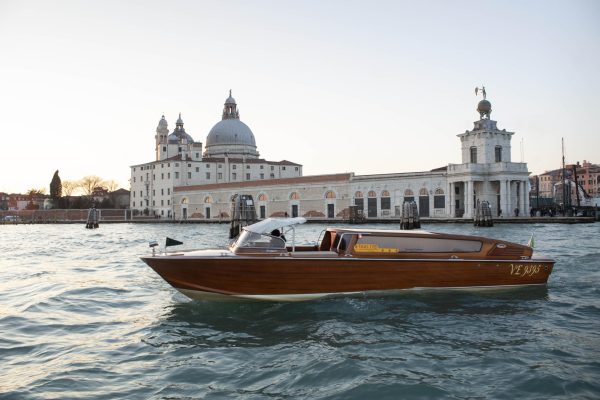
Motoscafi, or taxi boats, are a nicer, quicker and more efficient way to move through the city. They are manufactured out of fiberglass, wood, or a combination of the two. The biggest difference between a motoscafo and a gondola, however, is the fact that motoscafi are propelled with engines. They usually feature open-air wheelhouses, but have an enclosed seating area for passengers, as well as an outdoor bench seat towards the stern.
Vaporetto
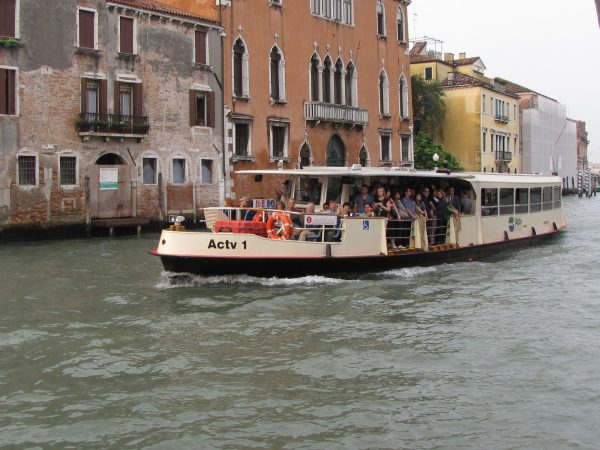
The vaporetto is the cheapest form of public transportation in the Lagoon. Very similar to the bus of a modern European city, vaporetti feature an indoor seating area full of plastic benches, as well as an aft outdoor seating area, just like a motoscafo, and a covered outdoor standing area, located at the midship and extending to the bow, wrapping around the wheelhouse.
The name vaporetto, which roughly means ‘little steamer,’ dates from the time when they were powered by steam engines, but today they use gasoline. It is also notable that the name sounds like a combination of the Italian words for steam (vapore) and ferry (traghetto).
Vaporetti are typically crewed by a captain and a deckhand, the latter of whom ties up the boat while passengers board at one of the many now-iconic vaporetto stops, which line the Grand Canal as well as the many surrounding islands (Lido, Murano, etc.). Unfortunately, vaporetti are known for being one of the most common places in the city to be pickpocketed, so watch your back.
Traghetto
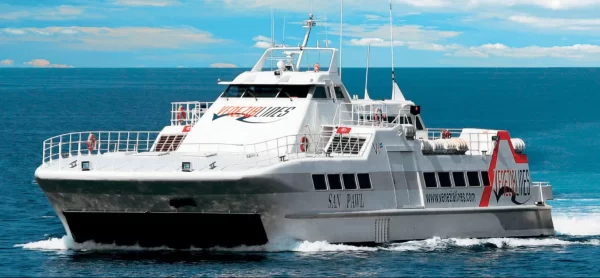
The traghetto (literally ‘ferry’) transports its passengers to and from the city. The biggest advantage that it has over atrain or bus, however, is that these ferries run internationally. They primarily travel from the Venezia Ferry Port to Croatia, but some have destinations in Greece or Slovenia.
Their biggest disadvantage? They do not have the facilities to transport automobiles, unlike most ferries of the modern world. This, however, accommodates Venice’s laws, which only allow land-based motor vehicles on the islands of Santa Chiara, Tronchetto, and Lido, only one of which connects to mainland Venice.
Utility Vehicles
Barca per la Consegna
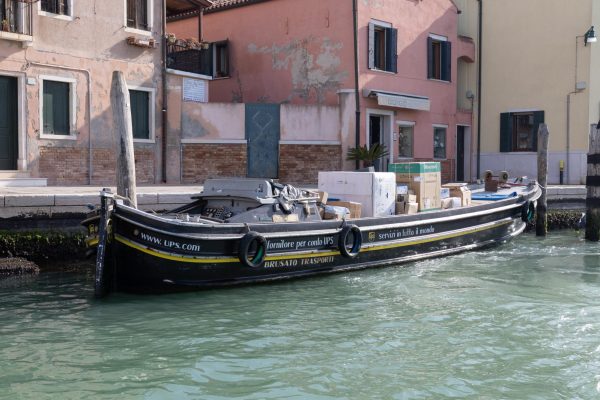
The barca per la consegna (English: delivery boat) delivers packages and other items to people across the Lagoon. They do not have interiors, which makes working in the rain unpleasant, but what they lack in comfort, they make up for in storage space – the entire deck of the boat is used to carry freight, from port to starboard. These boats are generally operated by UPS, DHL, Amazon, or private companies.
Barca della Spazzatura
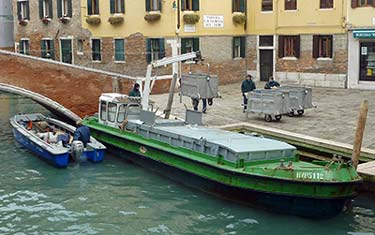
Barci della Spazzatura (English: garbage boats) traverse the city collecting trash. While similar to their mail-delivering cousins, they host dumpsters built into the decks, as well as small wheelhouses that allow one of the one to two crewmembers to stand in while they pilot the boat. If a piece of waste is too big or heavy to load onboard, these boats are also equipped with powerful hydraulic cranes.
Pilota
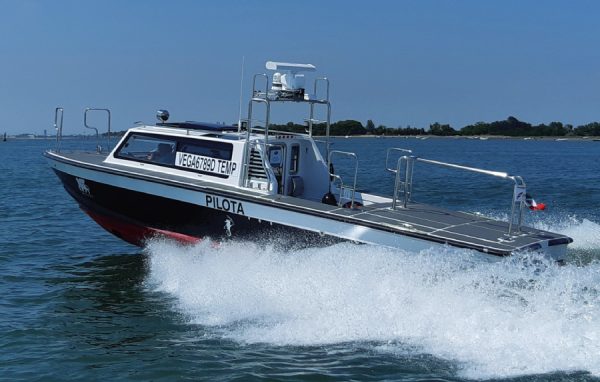
Like any other shipping port, Venice employs the skill of a pilot to maneuver large freighters and cruise ships into dock. To move the pilot from shore to vessel, though, is where the pilota, or pilot boat, comes into play.
First Responders
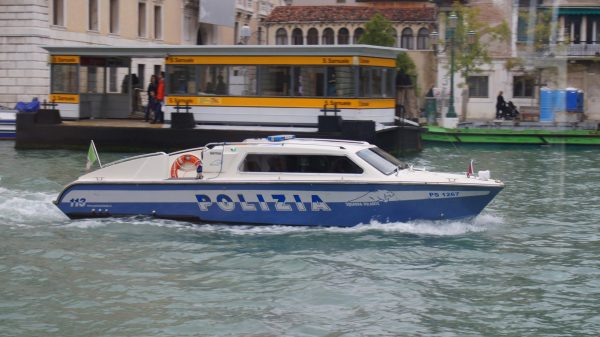
Barca di Polizia
A patrolling police boat is a common sight in the Grand Canal. Of the three branches of the Italian police force, all three operate watercraft in Venice: Polizia di Stato (state police), Carabinieri (military police), and Guardia di Finanza (financial police). These boats will respond to scenes of crimes or pursue boats that are driving in the canals illegally. Much like the rest of the first responders on this list, they are legally allowed to exceed the local speed limit of five knots in the Grand Canal (5.7 mph, 9.6 km/h) and three knots in the back canals (3.4 mph, 5.5 km/h).
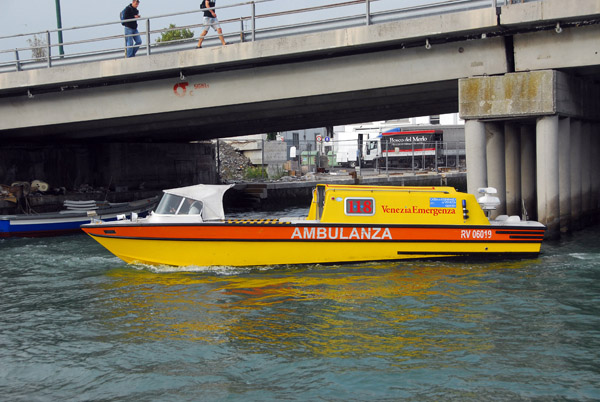
Ambulanza
Much like anywhere else on the Earth, people in Venice get hurt. When that happens, the Ambulanza, or Ambulance, is the first to the scene. Ambulanzi are similar in build to the Motoscafi, but their cabins are kitted with lifesaving equipment, much like any other medical vehicle. They take their patients to any of the emergency rooms in the city, many of which have a special dock designed to quickly offload stretchers.
Guardia Costiera
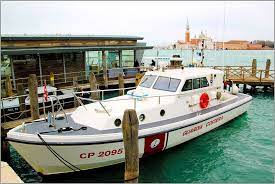
In the unlikely event that Venice is placed under threat, the Guardia Costiera, or the Italian Coast Guard, will deploy. There are not many of these boats in the city, but the Venetian fleet spans multiple classes, known as CPs in the force. These include CP 2095, CP 428, and CP 541.
Barca dei Vigili del Fuoco

Despite Venice’s cooperating relationship with water, fires can still break out. In fact, in the late thirteenth century, the city’s world-famous glass-blowing industry caused so many fires that the local government forced all glassmakers to permanently relocate to the island of Murano, where there was more space between buildings. Even today, the risk of a fire is too great to ignore. In the event of an emergency, the Venetian fire brigade uses any one of their fleet of fireboats to pump thousands of gallons of seawater onto the site of the blaze.

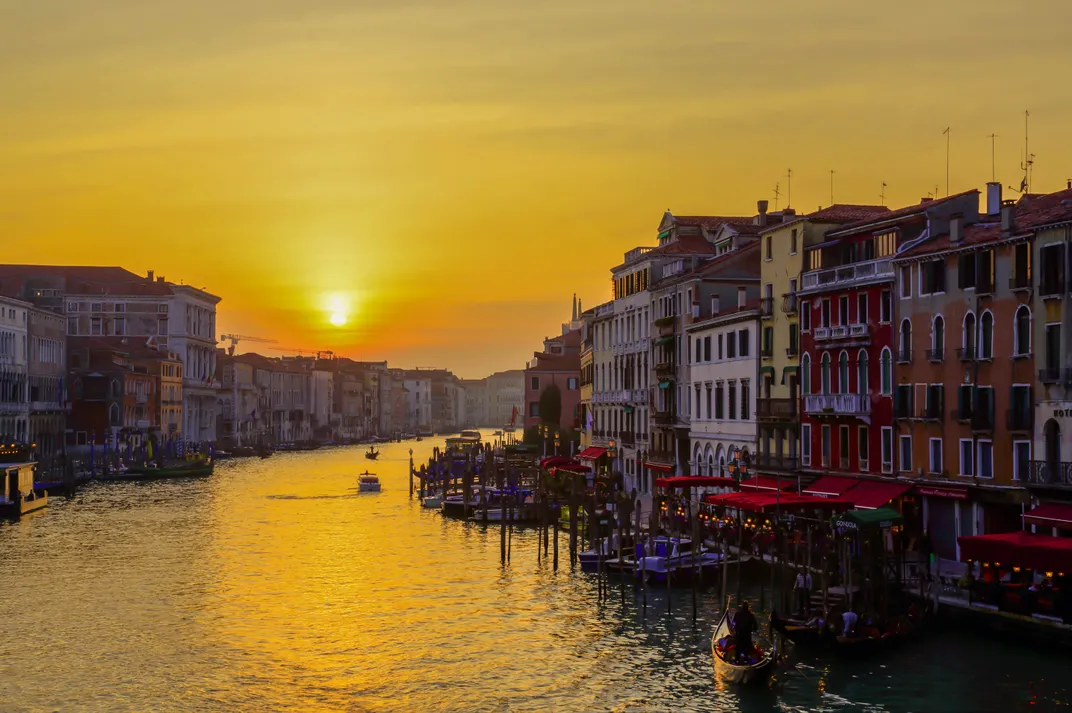



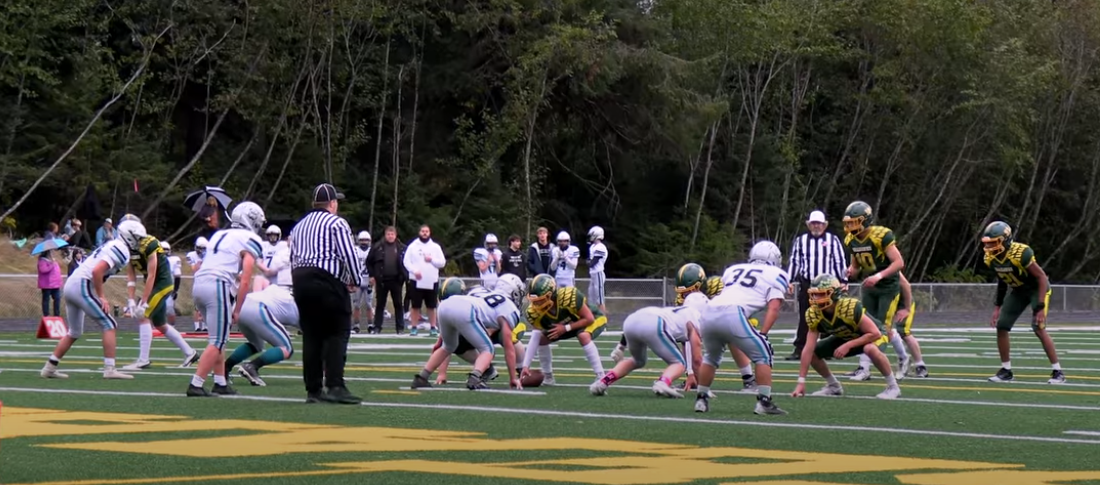







julie Whittingham whittingham • Mar 7, 2024 at 3:24 pm
Thanks for this very informative article. I have visited and loved Venice but never knew that it took this many boats to maintain this unique location.